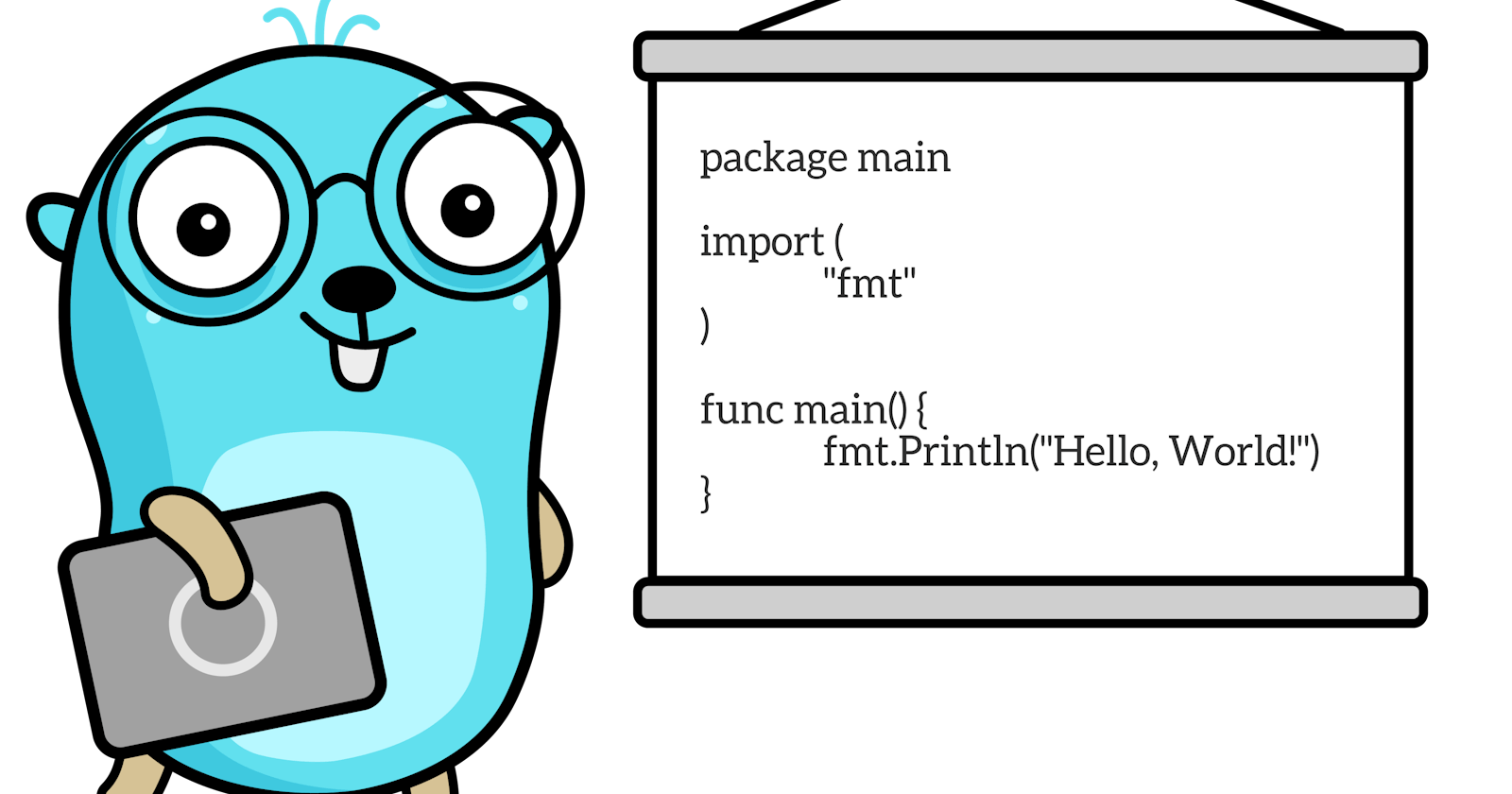The SOLID principles are a set of five design principles that help software developers create clean, maintainable, and scalable code. These principles were introduced by Robert C. Martin and have become fundamental guidelines in the world of software development. In this blog post, we'll explore each of the SOLID principles and demonstrate how to apply them in the context of the Go programming language (Golang) with practical code examples.
1. Single Responsibility Principle (SRP)
The Single Responsibility Principle states that a class or module should have only one reason to change. In other words, it should have only one responsibility.
In Golang, this principle can be applied by creating small, focused functions or methods that perform a single task. Let's consider an example where we have a UserService responsible for user management:
package main
import "fmt"
type User struct {
ID int
Name string
}
type UserService struct {
users []User
}
func (us *UserService) AddUser(user User) {
us.users = append(us.users, user)
}
func (us *UserService) GetUserByID(id int) (User, error) {
for _, user := range us.users {
if user.ID == id {
return user, nil
}
}
return User{}, fmt.Errorf("User not found")
}
In this example, the UserService class has a single responsibility: managing user data. It defines methods to add and retrieve users, adhering to the SRP.
2. Open/Closed Principle (OCP)
The Open/Closed Principle states that software entities (classes, modules, functions) should be open for extension but closed for modification. In other words, you should be able to add new functionality without altering existing code.
In Golang, you can achieve this principle by using interfaces and composition. Let's extend our previous example to support user authentication without modifying the UserService:
type Authenticator interface {
Authenticate(username, password string) bool
}
type AuthenticatedUserService struct {
UserService
Authenticator
}
func (aus *AuthenticatedUserService) AddUserWithAuth(user User, username, password string) {
if aus.Authenticate(username, password) {
aus.AddUser(user)
}
}
Now, we've created an AuthenticatedUserService that embeds the UserService and implements an Authenticate method. This allows us to add authentication functionality without changing the original UserService.
3. Liskov Substitution Principle (LSP)
The Liskov Substitution Principle states that objects of a superclass should be replaceable with objects of a subclass without affecting the correctness of the program. In Golang, this principle is closely related to interfaces.
Consider the following example involving shapes:
type Shape interface {
Area() float64
}
type Rectangle struct {
Width float64
Height float64
}
func (r Rectangle) Area() float64 {
return r.Width * r.Height
}
type Circle struct {
Radius float64
}
func (c Circle) Area() float64 {
return math.Pi * c.Radius * c.Radius
}
Here, both Rectangle and Circle implement the Shape interface, allowing them to be used interchangeably wherever a Shape is expected.
4. Interface Segregation Principle (ISP)
The Interface Segregation Principle states that clients should not be forced to depend on interfaces they do not use. In Golang, this principle is essential when designing interfaces.
Let's say we have an interface for a document printer:
goCopy codetype Printer interface {
Print()
Scan()
Fax()
}
If a client only needs to print documents, they should not be forced to implement Scan and Fax methods. Instead, we can break this interface into smaller, more focused ones:
type Printer interface {
Print()
}
type Scanner interface {
Scan()
}
type FaxMachine interface {
Fax()
}
Now, clients can choose the interfaces they need, adhering to the ISP.
5. Dependency Inversion Principle (DIP)
The Dependency Inversion Principle states that high-level modules should not depend on low-level modules. Both should depend on abstractions. Additionally, abstractions should not depend on details; details should depend on abstractions.
In Golang, we can apply this principle by using interfaces and dependency injection. Here's an example of a NotificationService that sends notifications through different channels:
type Notifier interface {
Notify(message string)
}
type EmailNotifier struct{}
func (en EmailNotifier) Notify(message string) {
fmt.Println("Sending email:", message)
}
type SMSNotifier struct{}
func (sn SMSNotifier) Notify(message string) {
fmt.Println("Sending SMS:", message)
}
type NotificationService struct {
Notifier
}
func NewNotificationService(notifier Notifier) *NotificationService {
return &NotificationService{Notifier: notifier}
}
func main() {
emailNotifier := EmailNotifier{}
smsNotifier := SMSNotifier{}
emailService := NewNotificationService(emailNotifier)
smsService := NewNotificationService(smsNotifier)
emailService.Notify("Hello, World!")
smsService.Notify("Important message")
}
By injecting the Notifier interface into the NotificationService, we follow the DIP, allowing for easy switching between different notification methods without modifying the high-level module.
Applying the SOLID principles in Golang leads to cleaner, more maintainable code. These principles guide us in designing software that is flexible, extensible, and easy to understand, ultimately improving the quality and longevity of our codebase. Remember that SOLID is not a strict set of rules but rather a set of guidelines to help us make informed design decisions.

